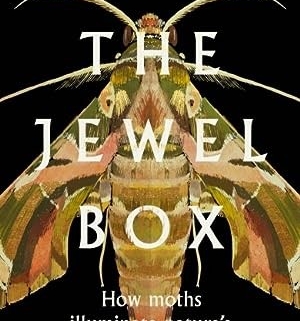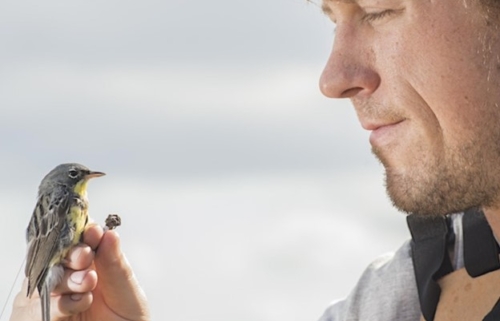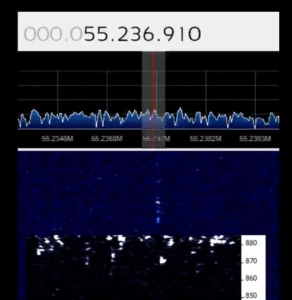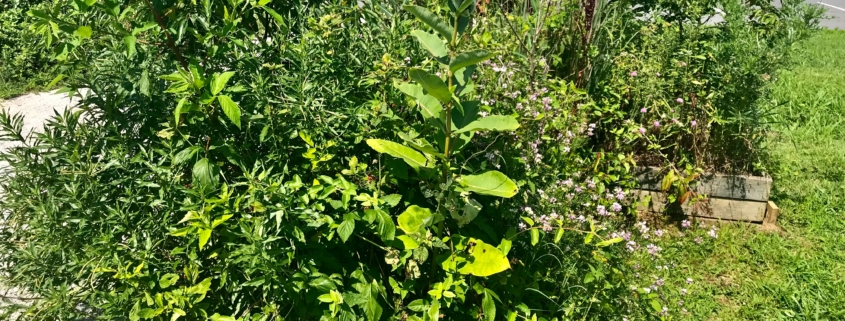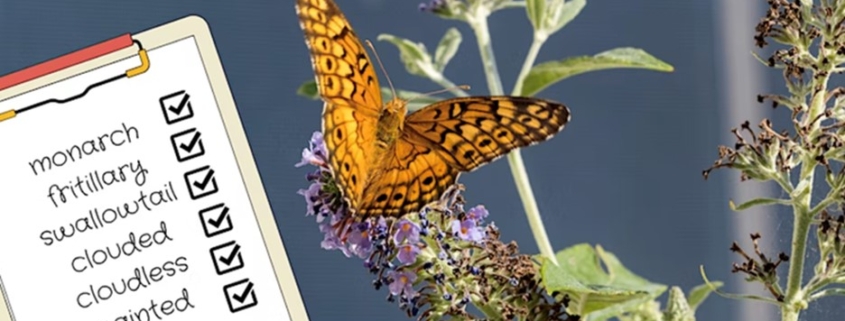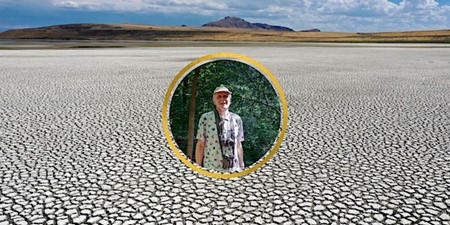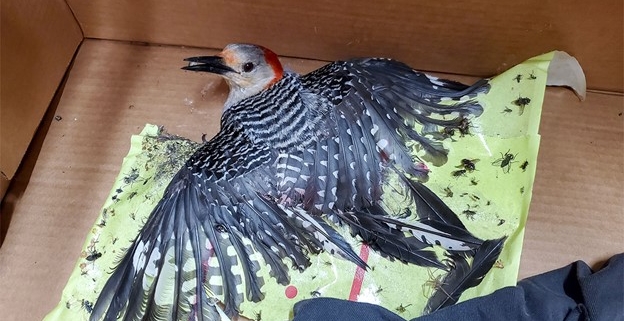Book Review by FMN Marilyn Schroeder: The Jewel Box: How Moths Illuminate Nature’s Hidden Rules by Tim Blackburn
Moth watching? Not as popular as bird watching, but in the same league as butterfly, dragonfly, bee, mammal and plant watching.
Tim Blackburn says the features that attract us to these species are:
– Visible – to attract attention
– Easy to find with little specialist training or equipment
– Enough diversity to hold people’s interest
– Identifiable, but with degrees of difficulty. “Easy species to suck you in. Harder ones to test your developing skills. And puzzlers to present a real challenge.”
In The Jewel Box: How Moths Illuminate Nature’s Hidden Rules, Tom Blackburn describes discovering his new hobby of moth watching. A biology professor, Blackburn also draws readers into a deeper understanding of nature. In each chapter, he features one or two of these insect jewels as an exemplar of a particular aspect of an ecological community. Discussing elements such as intra- and inter-species competition, predator-prey relationships, and population cycles, Blackburn develops a complex concept of an ecological web. He shows that understanding moths requires more than the context of other moths. Moths also need to be studied in conjunction with their predators, parasites, viruses and available resources. And each of those can only be understood in a wider context of interactions. So everything is connected in an ecological web.
Seeing a beautiful moth on the cover, I picked up the book expecting pictures of moths with descriptions of their behavior and identifying field marks. Page by page, I was drawn in to learning so much more about the natural world. The Jewel Box is a great book for Master Naturalists, developing appreciation for these lovely lepidoptera and expanding on what we learned in class about Entomology and Ecology.


